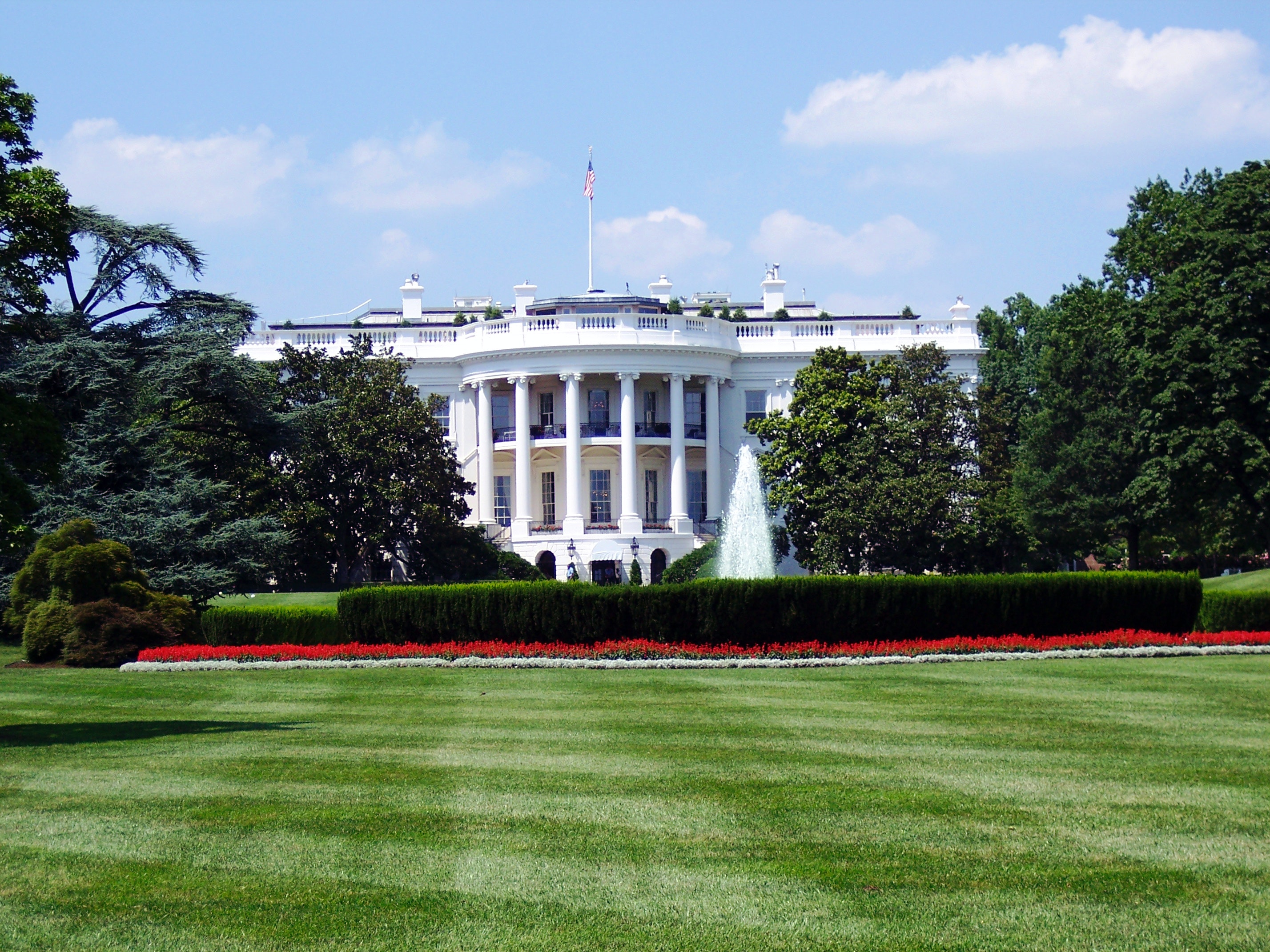
In the current pandemic, there is so much information and misinformation regarding the spread and transmission of COVID-19 that it can be quite difficult to understand which facts are true and which aren’t. According to the World Health Organization (WHO) the SARS-CoV-2 (COVID-19) is transmitted via close contact between individuals, through respiratory secretions from the mouth and nose. This means its most commonly possible to pass on the virus through aerosol droplets that exit one individual’s organism when talking, sneezing, coughing to another individual in close proximity.
Currently the most accepted practice of preventing (or rather minimizing) the transmission of the virus between individuals is thought to be through the use of surgical face masks and social distancing precautions.
Now, after about half a year from the start of the pandemic, scientists are learning more and more about the airborne transmission of the virus and the potential dangers of infectivity in closed spaces. Studies on the stability of the virus on surfaces and different environmental conditions have confirmed that transmission via aerosols is very plausible since the virus can remain viable for hours in the air and days on surfaces. Recent studies have even found that viral particles in aerosols are viable and can be transmitted from infected in individuals to others at up to a distance of 4.8m away. Another recent study demonstrated how the risk of infection and the rate of transmission are increased in confined spaces. They hypothesized that poor ventilation and recirculation of air via air conditioning or heating units could increase the concentration of viral particles in the space and result in a higher rate of infection via inhalation.
The US Environmental Protection Agency (EPA) has also discussed that inadequate ventilation commonly leads to accumulation of pollutants in closed spaces. In light of current events, ventilation is extremely important in minimizing the concentration of viral particles in a closed area, therefore it should be of highest priority in working environments throughout the pandemic.
This is particularly important for governmental institutions that are expected to continue functioning throughout such changes in the world. In order to do so in a manner that is safe for all workers and staff, institutions should really invest into the necessary means for good air filtration.
Most air filtration systems available on the market work with HEPA (High Efficiency Particulate air) filters. These are generally used to filter out pollutants, allergens, bacteria and viruses as the mesh used in these filters is as fine as 0.3 microns. The only problem with such systems is that, since the mesh works efficiently in capturing these particles, they can remain stuck in the filter. This requires the frequent replacement of these filters, to ensure that proper filtration is occurring at all times.
A more recent filtration system from Kronos Advanced Technologies brilliantly bypasses this problem. This system consists of a 5-step model that works to first trap the unwanted pollutants, and ultimately terminate them once and for all. It uses an ionic field to annihilate bacteria and germs present in the air and destroys them completely. This unique system allows for the filtration of particles as little as 14.6 nanometres, while other systems on the market function at a micrometre scale.
The Kronos filter is also much more effective in purifying air than any HEPA filter on the market. Also considering the fact that pollutants are destroyed rather than being trapped on the filter, Kronos filters do not require frequent replacement, making this product extremely cost effective.
For these reasons, having such filtrations systems in governmental institutions like the White House, would make it possible to maintain the cleanest possible air and minimize the risk of infection within the facilities. This would allow the members of the governmental administration to remain safe and continue serving the country during this difficult time of the COVID-19 pandemic.

